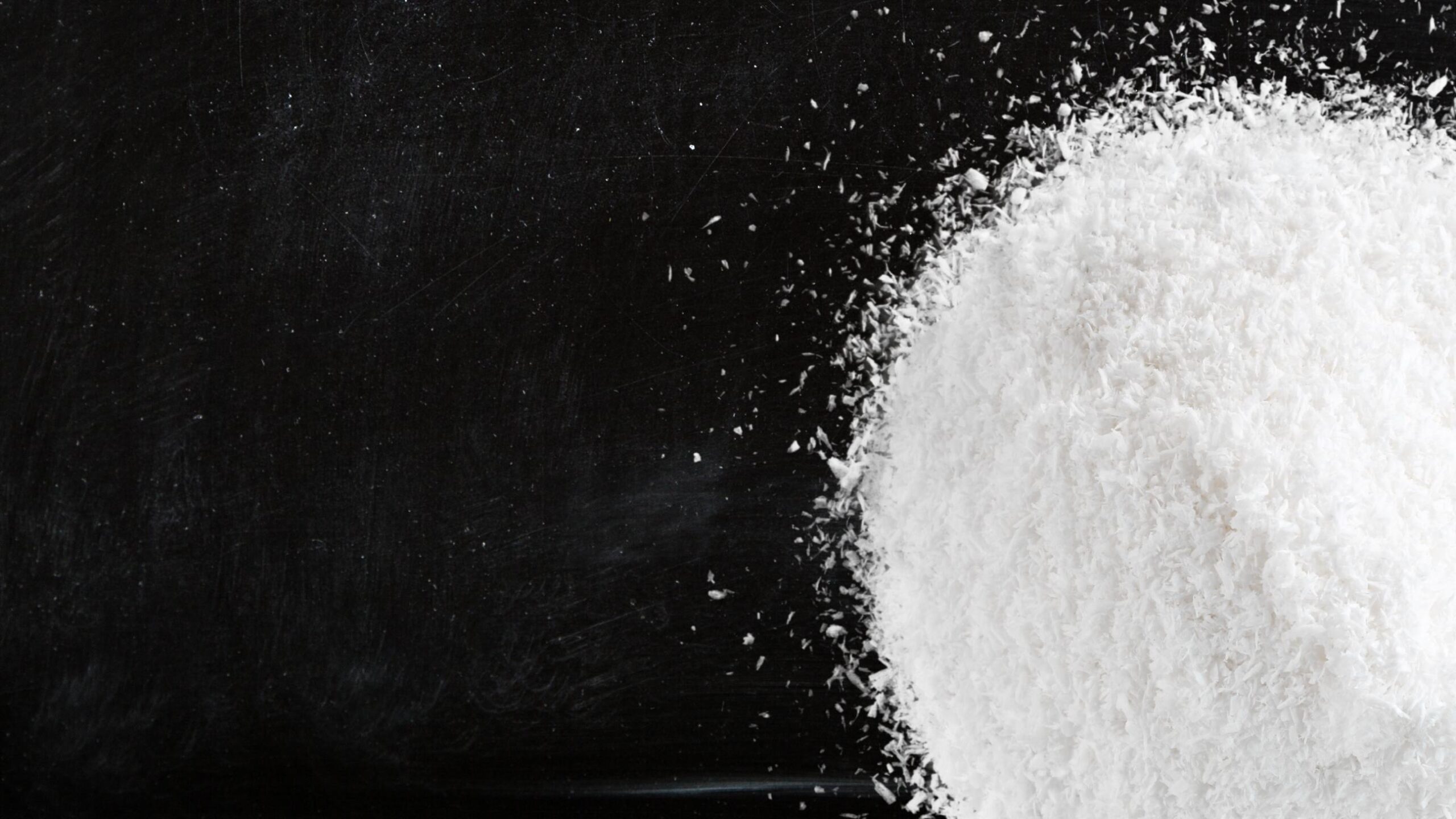BACKGROUND
Titanium dioxide is an inorganic chemical substance used, in particular in the form of a white pigment, for its colourant and covering properties in various products, ranging from paints to medicinal products and cosmetic products. In 2016, the competent French authority submitted to the European Chemicals Agency (ECHA) a proposal to classify Titanium Dioxide as a carcinogenic substance.
The following year, ECHA’s Committee for Risk Assessment (‘the RAC’) adopted an opinion classifying Titanium Dioxide as a category 2 carcinogen, including the hazard statement ‘H 351 (inhalation)’.
On the basis of the RAC Opinion, the European Commission adopted Regulation 2020/217, by which it proceeded with the harmonised classification and labelling of titanium dioxide, recognising that that substance was suspected of being carcinogenic to humans, by inhalation, in powder form containing 1% or more of particles of a diameter equal to or below 10 μm.
An action for annulment seeks the annulment of acts of the institutions of the European Union that are contrary to EU law. The EU Court of Justice considered that the European Commission made a manifest error in its assessment of the reliability and acceptability of the study on which the classification was based and it infringed the criterion according to which that classification can relate only to a substance that has the intrinsic property to cause cancer.
WHAT’S NEW?
The EU General Court annuls the Commission Delegated Regulation of 2019 in so far as it concerns the harmonised classification and labelling of Titanium Dioxide as a carcinogenic substance by inhalation in certain powder forms.
References:
1. Court of Justice of the European Union. Press Release No. 190/22 – Judgment of the General Court in Joined Cases T-279/20, T-288/20 and T-283/20.















